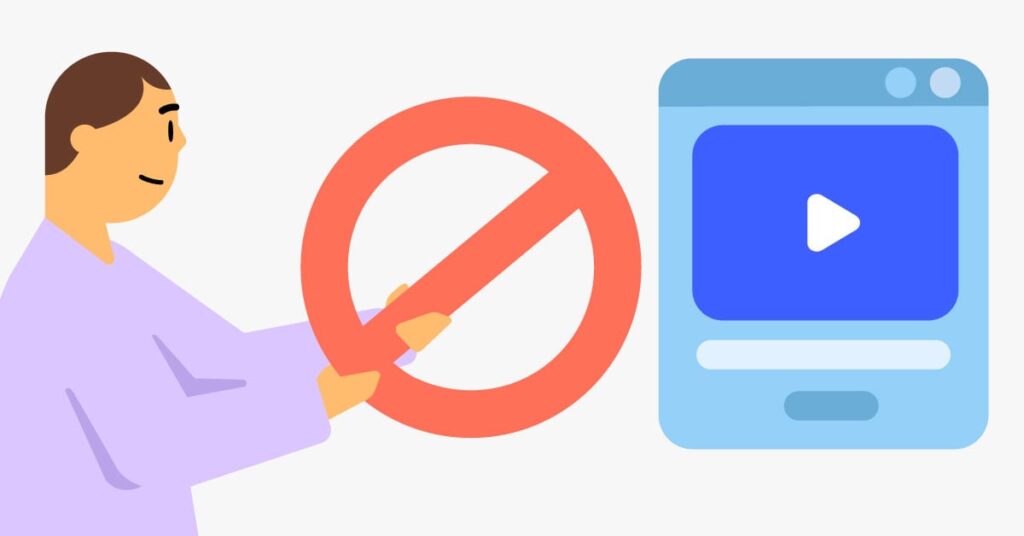In the maze-like passageways of the digital world, where information flows like a raging river, the vaudevillian story of ad blocking such as this Poper ad blocker has to offer unfolds as a daring narrative of valiant resistance against the mysterious inhabitants of cyberspace. This dissertation takes a funny trip to explain how important ad blocking is to strengthening digital security and saving innocent consumers from malicious dangers that threaten their privacy, integrity, and mental health.
Mitigating Malvertising Menace: The Perils of Clicking Unwittingly
Now meet the evil protagonist of our digital story: malvertising, a cunning tactic that sows the seeds of trouble among the peaceful landscapes of online adverts. These hidden advertisements, which present themselves as innocent bystanders in the middle of the deluge of authentic material, are actually a Pandora’s box of digital plagues, including ransomware, viruses, and other malicious software, waiting to be unintentionally clicked by a victim. But fear not—ad blocking steps up as the brave hero in this cyber-thriller, wielding its virtual sword to foil the evil schemes of these pixelated miscreants and neutralising their malicious schemes before they have a chance to wreck something.
Preserving Privacy in the Panopticon: Shielding Against Tracking and Profiling
The sneaky tendrils of tracking mechanisms embedded within online advertisements pose a threat akin to a persistent mosquito at a summer picnic—annoying at best, and downright invasive at worst—in this modern era where privacy has become a tradable commodity and compromises are as common as cat videos. These covert trackers, which are covertly placed into advertisements by unidentified parties, participate in a covert game of digital espionage by secretly observing users’ every click, hover, and scroll in an attempt to covertly create intricate profiles for covert targeted advertising and other covert activities.
Bolstering Bandwidth and Browsing Speed: Streamlining the Digital Experience
The ceaseless barrage of adverts that appears when browsing the internet is like a relentless door-to-door salesperson, pushing products that are hardly relevant at all. With their glaring multimedia content and sneaky tracking scripts, these bandwidth-guzzling advertisements function as virtual leeches, stealing the life force from consumers’ surfing experiences with their frigid speeds and slow page loads. But in this vaudevillian drama of digital excess, ad blocking turns out to be the unsung hero, giving users the ability to tidy up their virtual homes, send unnecessary ads to the netherworld, and retrieve bandwidth for accelerated browsing sessions, like a knight escaping the bonds of an obtrusive dragon.
Safeguarding Against Exploitative Tracking and Retargeting Practices
The story of retargeting advertising plays out like a Shakespearean tragedy in the digital maze where tracking cookies and pixels rule supreme. These covert tactics bombard consumers with customised advertisements based on their previous online surfing activities, giving rise to a feeling of digital surveillance akin to a nosy neighbour seeing through lace curtains. They are similar to a relentless suitor courting their lover via the internet. However, ad blocking plays the role of the gallant knight in this fanciful tale of digital romance gone wrong, donning its virtual armour to protect users from the incessant advances of monetizing algorithms, giving them a break from the constant courtship and regaining some degree of autonomy over their online adventures.
Combatting the Epidemic of Ad Fraud: Upholding Integrity in the Digital Advertising Ecosystem
Ad fraud is the cunning trickster that steals billions of dollars from unwary marketers with the cunning and stealth of a nighttime cat burglar amid the vast spectacle of digital advertising. This evil charade includes a veritable zoo of dishonest behaviour, ranging from the fanciful stunts of click fraud to the sophisticated charade of impression laundering, and even the robotic mischievousness of bot-driven traffic generation—all of which are carefully planned with the sole intent of defrauding advertisers and undermining the honourable ideals of fair competition. With their virtual swords, ad blocking technologies emerge as the brave heroes who break the covert schemes of fraudsters and usher in a new era of accountability and transparency in the sacred halls of digital advertising.
Empowering Users to Curate Their Digital Environment: Exercising Control Over Content Consumption
Users long for a lifeline—a guiding light of control among the chaos of the digital world, where noise and information are abundant and information is flooded in like a wild flock of geese. Now enter ad blocking, the unsung hero of the digital era, giving consumers the much-desired freedom to shape their online spaces as they like. Users may eliminate unnecessary material and distractions with a simple virtual switch flick, creating a peaceful digital haven in the middle of the chaos. With their power increased, users go out on a quest for self-awareness, paving the way for a more targeted and fulfilling online experience. They are also freed from the cacophony of obtrusive adverts that vie for their attention like pushy door-to-door salespeople.
Social Media Ad Spending Set to Jump Over $300B(Opens in a new browser tab)
Closing Remarks
People are at a crossroads in the history of the internet, and ad blocking plays a crucial role in protecting consumers’ digital sanity. Ad blocking is the unwavering protector of consumers’ digital health, protecting them from the sinister spectre of malvertising, defending the holy city of privacy, accelerating surfing speed, and foiling the bold antics of ad fraud. Users go on a valiant journey, regaining control over their virtual realms and creating a more secure and safe digital environment where freedom is promised by the shimmering pixels, with every click of the ad blocker.
